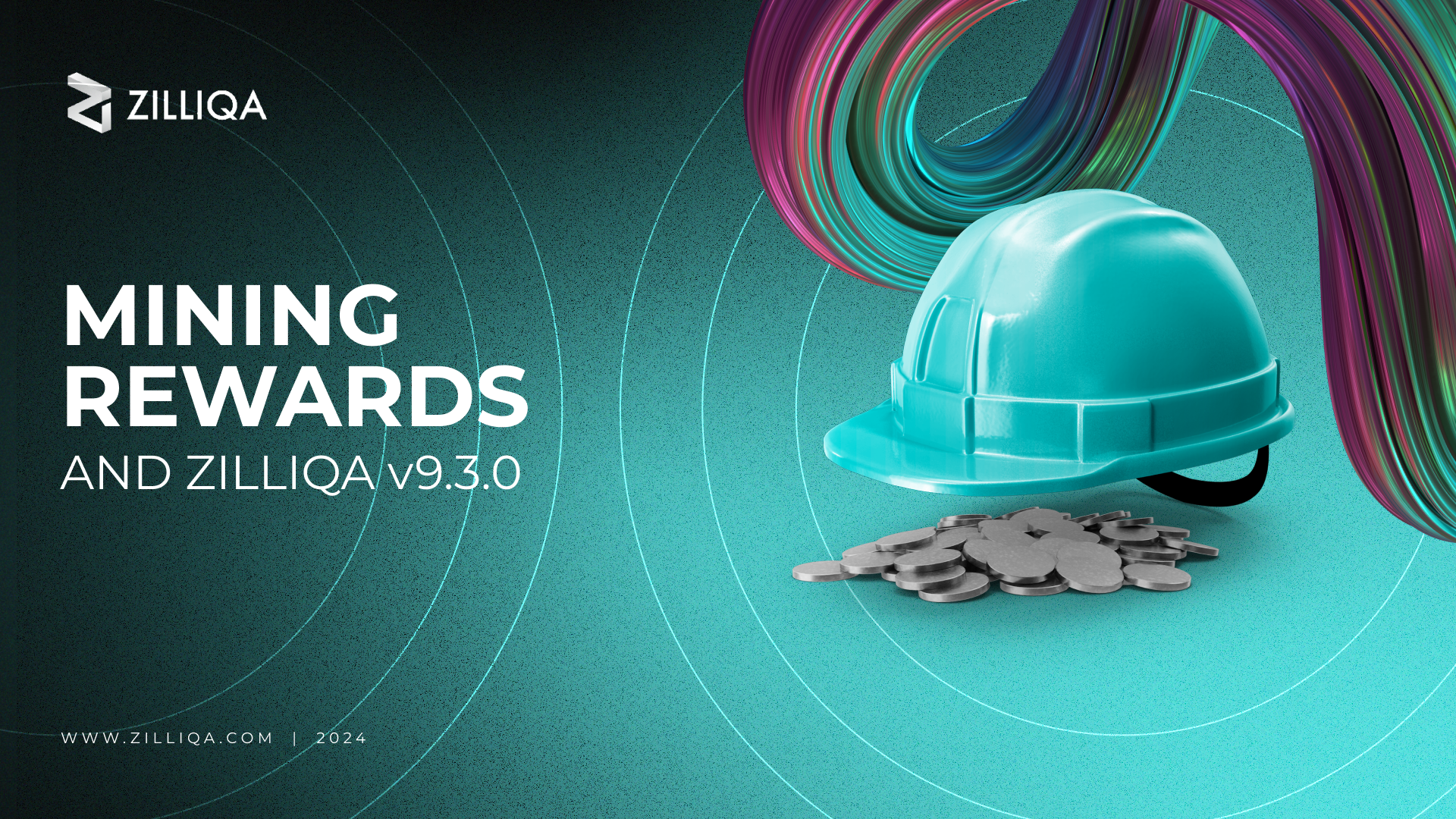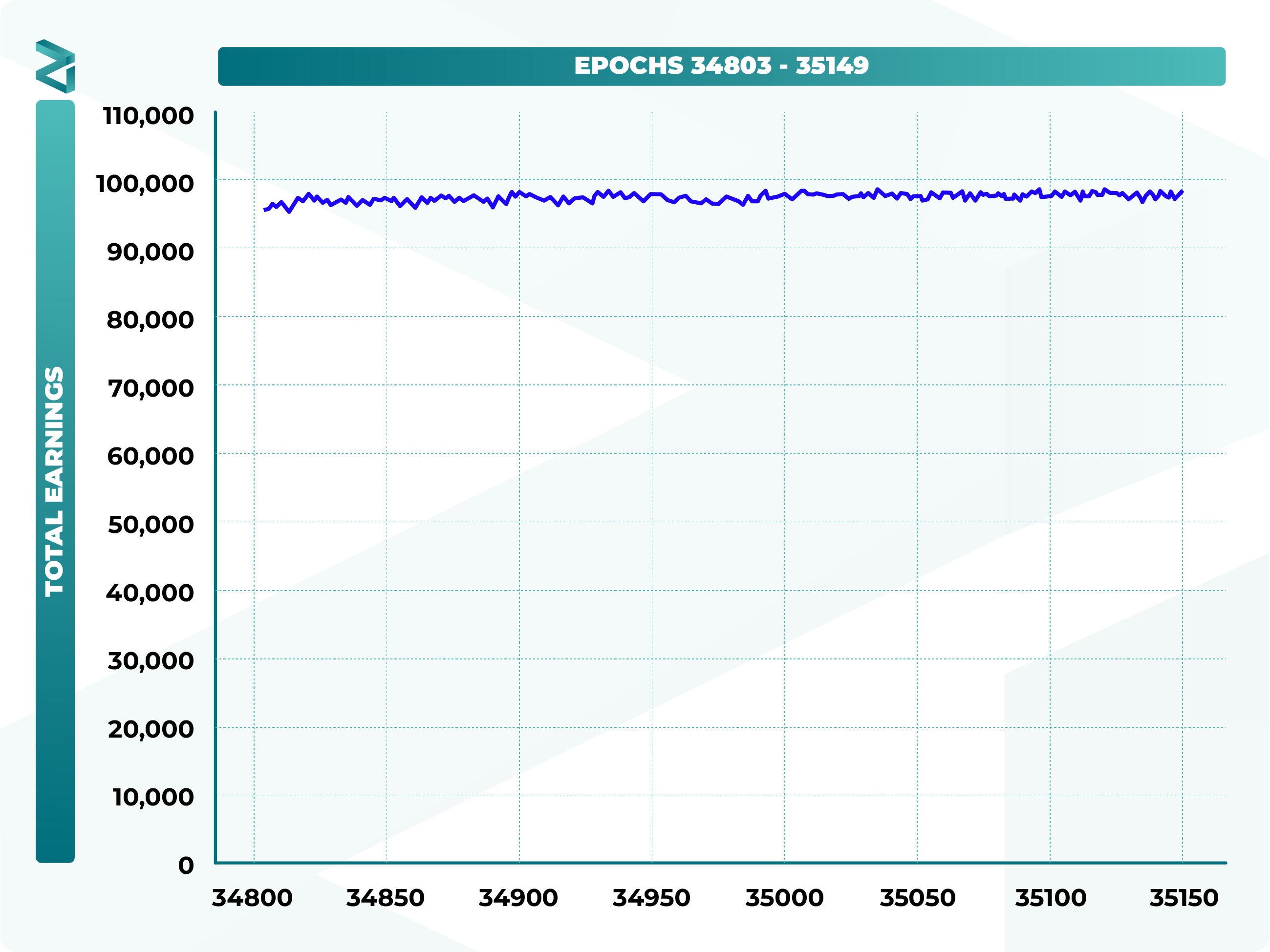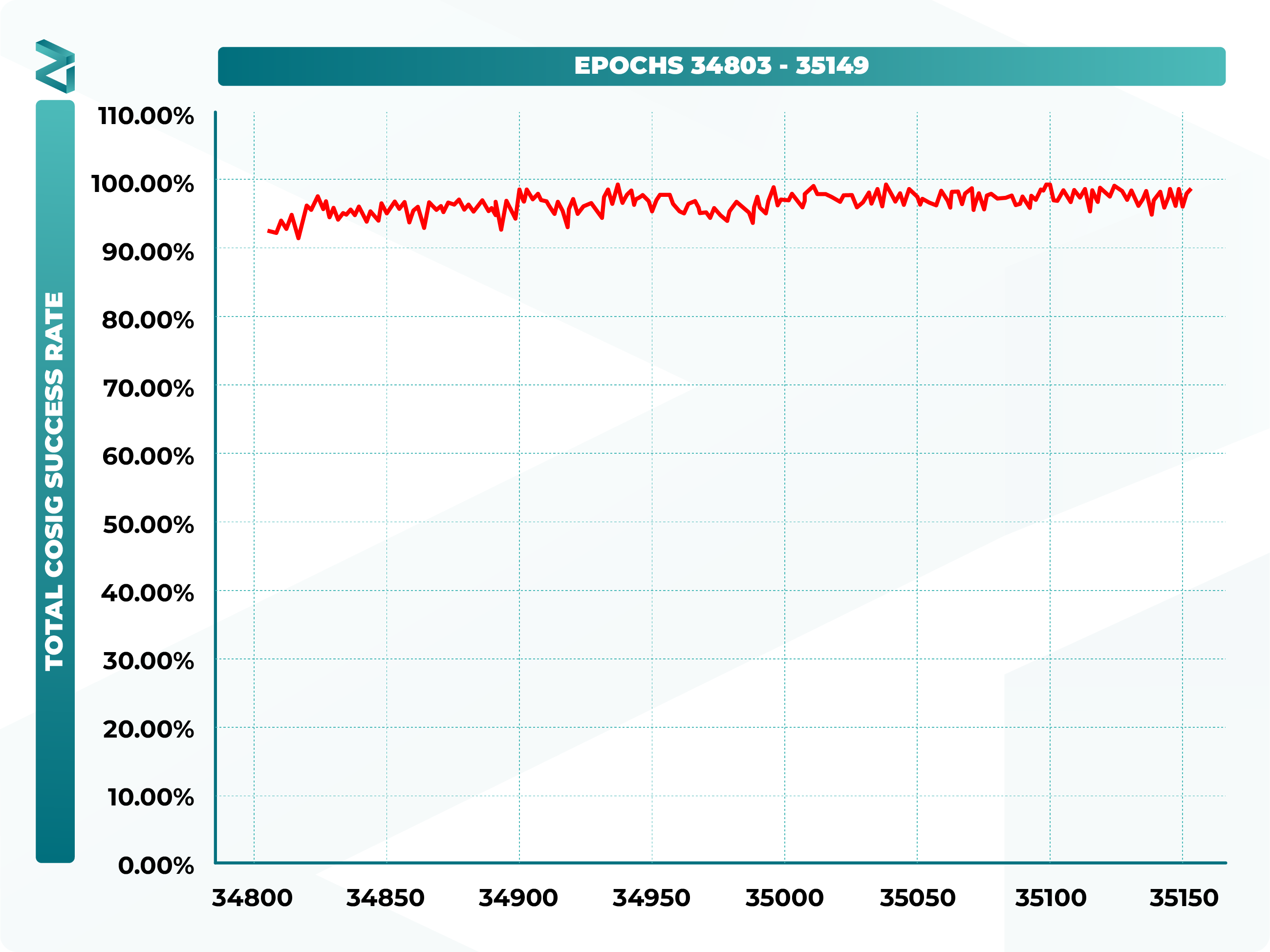
The Zilliqa network was recently upgraded to version 9.3.0, bringing a number of changes aimed at improving the reliability and efficiency of the blockchain.
One of the key changes included in this upgrade was the desharding of the network to improve efficiency ahead of a new sharding architecture being launched as part of Zilliqa 2.0.
Following the desharding of the network with Zilliqa v9.3.0, a number of miners expressed concern over potential changes to the rewards they earn for their role in securing the network.
Miners on Zilliqa compete to solve complex cryptographic puzzles in a Proof-of-Work (PoW) model to secure the network and protect against Sybil attacks. These mining nodes can be individuals or groups of miners pooling their hashrate together to take a share of the pool’s rewards.
It is important to note that the total mining rewards issued every epoch were not changed in Zilliqa v9.3.0.
Desharding the network has led to higher competition on the single active shard as well as higher rewards for miners when they are selected by the PoW mechanism. This means that while miners may not earn rewards as regularly, they are receiving more ZIL when they do.
We have analysed the effects of desharding on mining profitability and concluded that over time, reward levels remain approximately unchanged for miners assuming their performance in supplying signatures does not change. This means that, on average, miners are earning roughly the same rewards based on their hashpower as they did before the network upgrade.
Essentially, while mining rewards fluctuate more due to the elimination of unnecessary shards, the average profitability for miners over time remains the same as it was before Zilliqa v9.3.0 was rolled out.
Thanks to profitability remaining consistent, individual miners can enjoy the same competitive rewards they have earned previously without needing to switch to larger pools. Instead, they can continue to contribute their hashpower to the mining pool which best fits their requirements, whether that is a low commission rate or dual-mining support.
The graph below shows how mining rewards have remained stable over time following the v9.3.0 upgrade rolling out to mainnet:

Mining pools with concerns around Zilliqa’s reward mechanism are welcome to provide their node information to the Zilliqa team through the relevant support channel, where we will work to address any issues they are experiencing.
Cosignature-based rewards and GCP migration
In addition to the implementation of desharding, Zilliqa v9.3.0 also saw the Zilliqa team migrate its infrastructure to Google Cloud Platform (GCP).
This migration will improve the efficiency of infrastructure and APIs operated by Zilliqa, and will also lead to reduced downtime for future network upgrades.
Following this migration, we were aware of concerns regarding the allocation of cosignature-based rewards, which are allocated to the first two-thirds of nodes that supply valid signatures during pBFT consensus.
In migrating Zilliqa-operated infrastructure to a new platform in a different region, there was a concern that this would lower the cosignature-based rewards allocated to validators on the network.
These concerns have proven to be unfounded, as the proportion of nodes earning cosignature-based rewards has remained approximately the same as before the migration of Zilliqa-operated infrastructure to GCP.
The graph below shows the validators’ success rate in earning cosignature-based rewards following the v9.3.0 upgrade rolling out to mainnet:

Cosignature rewards have also been reduced and base rewards raised to mitigate the advantage of nodes deployed in regions with lower latencies.
With the v9.3.0 upgrade now successfully deployed on mainnet, the Zilliqa network maintains a healthy level of decentralisation and is continuing to improve its sustainability.
As we progress to Zilliqa 2.0, expect to see more exciting features and improvements rolled out to the Zilliqa network.
The technical team continues to work hard on overhauling Zilliqa to become a faster and more flexible protocol with a powerful new sharding architecture set to test the boundaries of blockchain’s capabilities.
Want to stay up to date with the latest news on Zilliqa 2.0? Subscribe to our blog and stay tuned to our socials for future updates.

